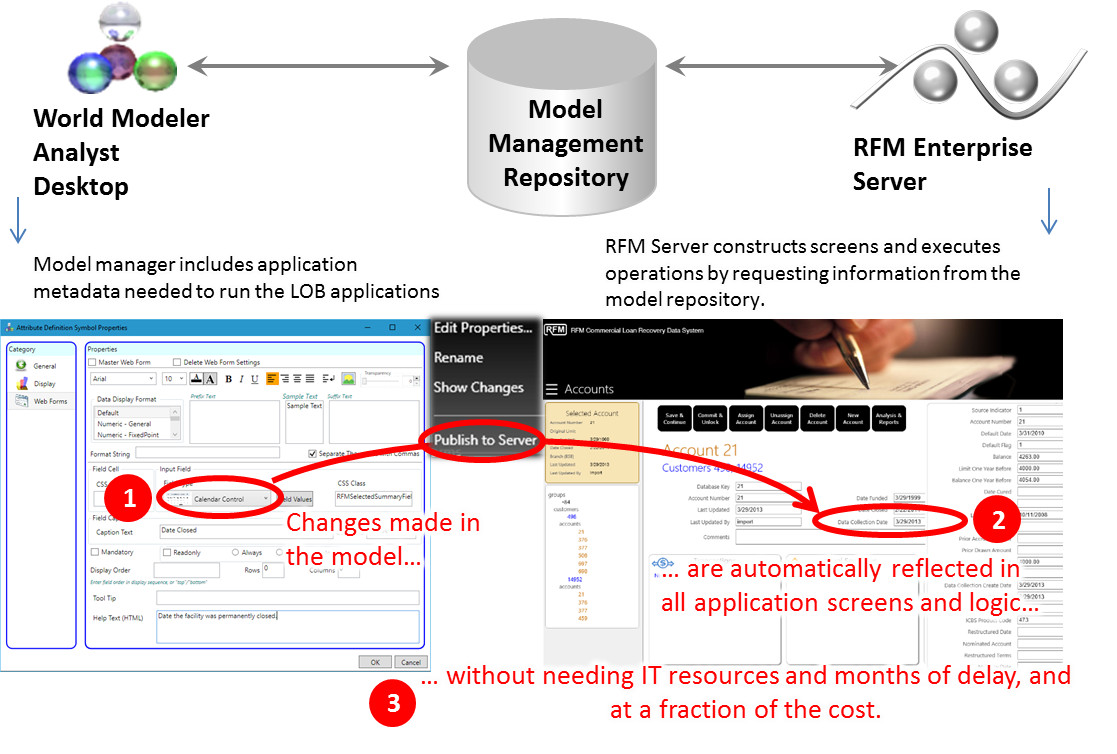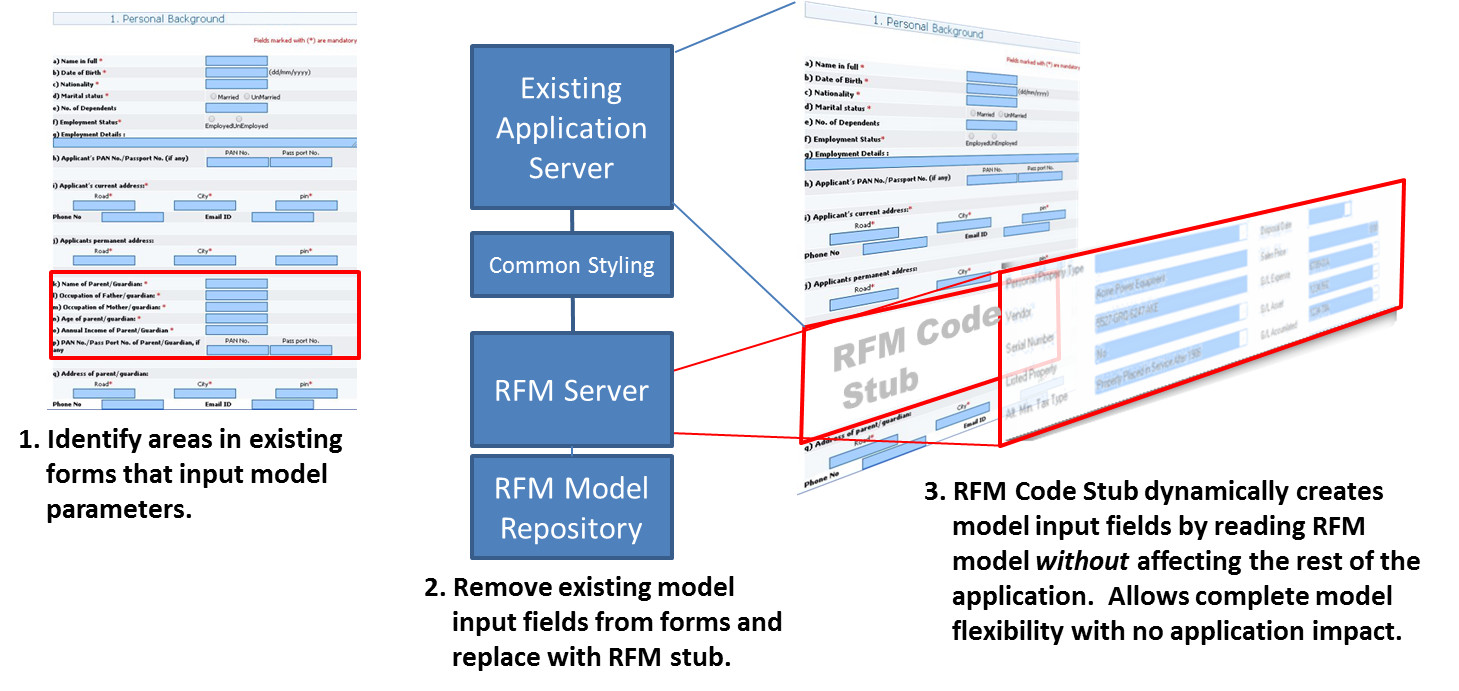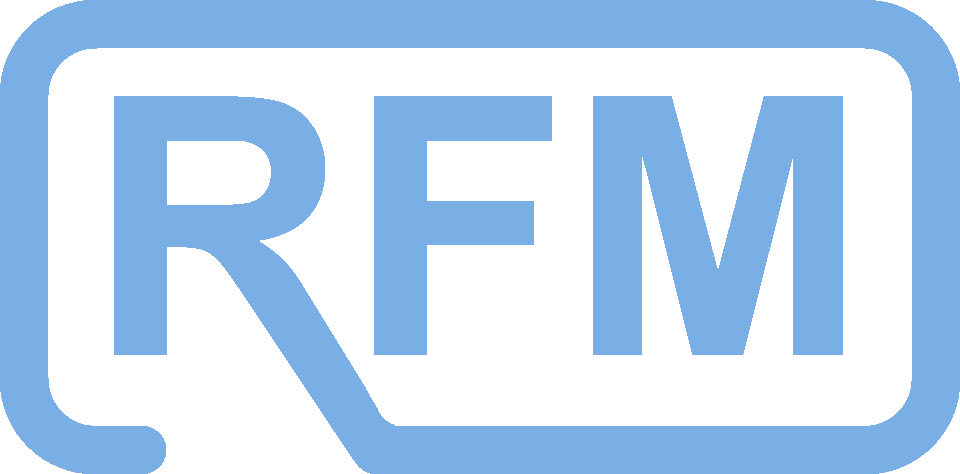RFM: The right risk management architecture for financial institutions

|
RFM: The right risk management architecture for financial institutions
|

|
 The software collects and analyzes risk-related data from many sources both inside and outside the institution, and uses
this to provide near-real-time visibility into risk at all levels of the organization, from front-line banking, to senior
management, in a way that has never been possible before. For the first time, managers can have up-to-date, accurate
risk-related information and “early warnings” at their fingertips, and run powerful simulations in an intuitive, “drag-and-drop”
interface. On the “shop floor”, RFM’s unique model-driven metadata architecture slashes go-to-market lead-times due to risk model
updates by automatically propagating these to the business systems that use them, without the months (or years) of IT development
that is typical of today’s practices.
RFM’s modular design, along with its ease of integration, allows it to be deployed on a module-by-module basis, filling the highest
priority gaps in an organization’s risk infrastructure while integrating with what exists, removing the need for wholesale replacement
of existing tools just to take advantage of a few new, key features. The modules include Wholesale Loan Origination, Model Configuration
Management, Probability of Default/Loss Given Default/Exposure at Default models and data management, Regulatory Documentation,
Governance and Oversight, and the Stress Testing Cockpit. Our thought leadership in real-world risk management, data sciences
and software design has produced a number of breakthroughs in “bank-tech”, including the following:
The software collects and analyzes risk-related data from many sources both inside and outside the institution, and uses
this to provide near-real-time visibility into risk at all levels of the organization, from front-line banking, to senior
management, in a way that has never been possible before. For the first time, managers can have up-to-date, accurate
risk-related information and “early warnings” at their fingertips, and run powerful simulations in an intuitive, “drag-and-drop”
interface. On the “shop floor”, RFM’s unique model-driven metadata architecture slashes go-to-market lead-times due to risk model
updates by automatically propagating these to the business systems that use them, without the months (or years) of IT development
that is typical of today’s practices.
RFM’s modular design, along with its ease of integration, allows it to be deployed on a module-by-module basis, filling the highest
priority gaps in an organization’s risk infrastructure while integrating with what exists, removing the need for wholesale replacement
of existing tools just to take advantage of a few new, key features. The modules include Wholesale Loan Origination, Model Configuration
Management, Probability of Default/Loss Given Default/Exposure at Default models and data management, Regulatory Documentation,
Governance and Oversight, and the Stress Testing Cockpit. Our thought leadership in real-world risk management, data sciences
and software design has produced a number of breakthroughs in “bank-tech”, including the following:
 |
 |
 |
Risk Framework Manager
|
|
PRODUCTS & SERVICES
SUPPORT
COMPANY
EVENTS & MEDIA
THOUGHT LEADERSHIP
|
 Please send me more information
OK to call me
|
Copyright © 2018 RFM